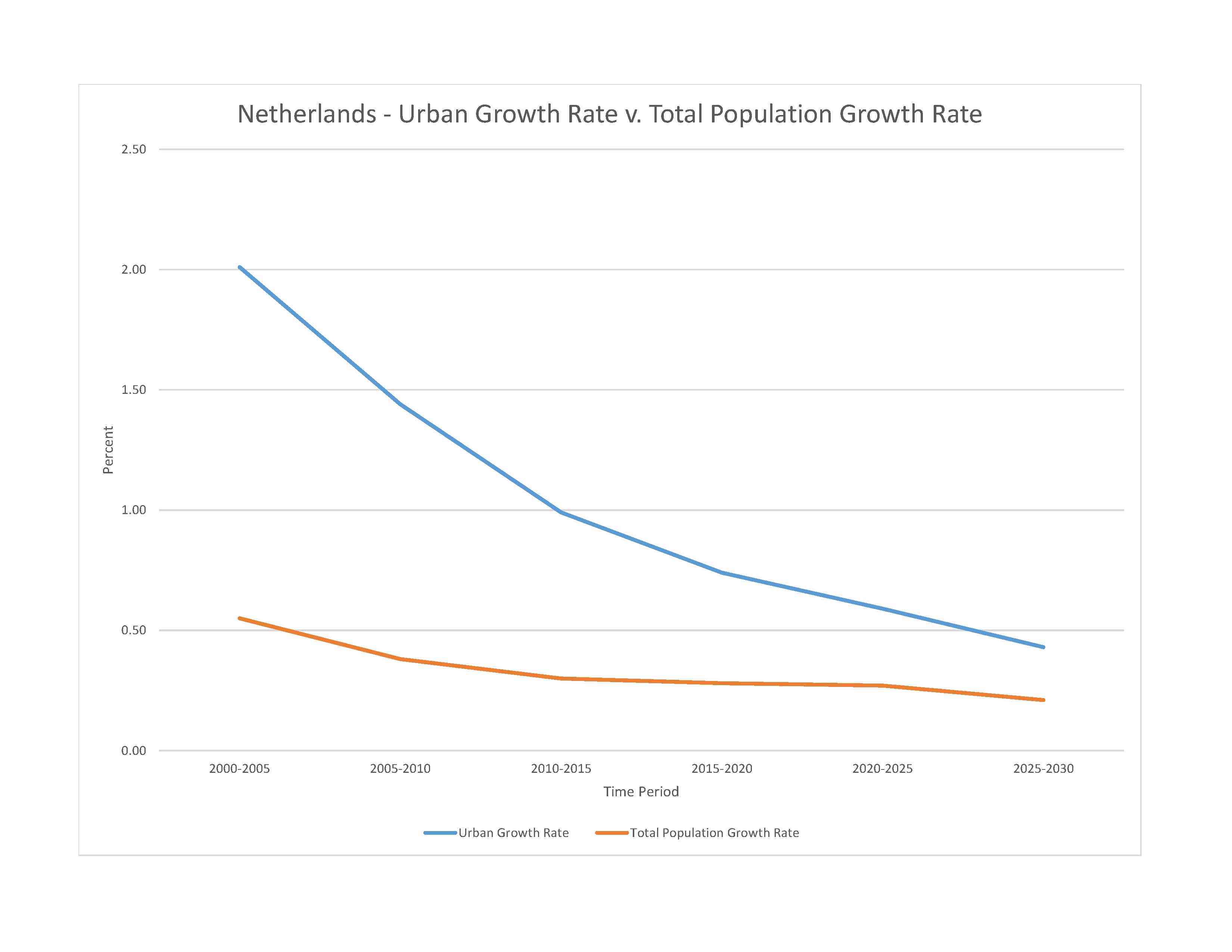
17,463,930 (2023 est.)
noun: Dutchman(men), Dutchwoman(women)
adjective: Dutch
Dutch 75.4%, EU (excluding Dutch) 6.4%, Turkish 2.4%, Moroccan 2.4%, Surinamese 2.1%, Indonesian 2%, other 9.3% (2021 est.)
Dutch (official); note - Frisian is an official language in Fryslan province; Frisian, Low Saxon, Limburgish, Romani, and Yiddish have protected status under the European Charter for Regional or Minority Languages; Dutch is the official language of the three special municipalities of the Caribbean Netherlands; English is a recognized regional language on Sint Eustatius and Saba; Papiamento is a recognized regional language on Bonaire
major-language sample(s):
Het Wereld Feitenboek, een onmisbare bron van informatie. (Dutch)
The World Factbook, the indispensable source for basic information.
Roman Catholic 20.1%, Protestant 14.8% (includes Dutch Reformed, Protestant Church of The Netherlands, Calvinist), Muslim 5%, other 5.9% (includes Hindu, Buddhist, Jewish), none 54.1% (2019 est.)
0-14 years: 16.06% (male 1,436,601/female 1,368,697)
15-64 years: 63.08% (male 5,532,490/female 5,483,034)
65 years and over: 20.86% (2023 est.) (male 1,658,652/female 1,984,456)
total dependency ratio: 54.9
youth dependency ratio: 24
elderly dependency ratio: 30.9
potential support ratio: 3.2 (2021 est.)
total: 42.2 years (2023 est.)
male: 41 years
female: 43.4 years
0.48% (2023 est.)
10.5 births/1,000 population (2023 est.)
9.7 deaths/1,000 population (2023 est.)
4.1 migrant(s)/1,000 population (2023 est.)
an area known as the Randstad, anchored by the cities of Amsterdam, Rotterdam, the Hague, and Utrecht, is the most densely populated region; the north tends to be less dense, though sizeable communities can be found throughout the entire country
urban population: 93.2% of total population (2023)
rate of urbanization: 0.59% annual rate of change (2020-25 est.)

1.174 million AMSTERDAM (capital), 1.018 million Rotterdam (2023)
at birth: 1.05 male(s)/female
0-14 years: 1.05 male(s)/female
15-64 years: 1.01 male(s)/female
65 years and over: 0.84 male(s)/female
total population: 0.99 male(s)/female (2023 est.)
30.2 years (2020 est.)
4 deaths/100,000 live births (2020 est.)
total: 3.7 deaths/1,000 live births (2023 est.)
male: 4 deaths/1,000 live births
female: 3.4 deaths/1,000 live births
total population: 81.7 years (2023 est.)
male: 80.1 years
female: 83.3 years
1.61 children born/woman (2023 est.)
0.78 (2023 est.)
73% (2013)
note: percent of women aged 18-45
improved: urban: 100% of population
rural: 100% of population
total: 100% of population
unimproved: urban: 0% of population
rural: 0% of population
total: 0% of population (2020 est.)
11.1% of GDP (2020)
4.08 physicians/1,000 population (2020)
3.2 beds/1,000 population (2018)
improved: urban: 100% of population
rural: 100% of population
total: 100% of population
unimproved: urban: 0% of population
rural: 0% of population
total: 0% of population (2020 est.)
20.4% (2016)
total: 8.23 liters of pure alcohol (2019 est.)
beer: 3.95 liters of pure alcohol (2019 est.)
wine: 2.92 liters of pure alcohol (2019 est.)
spirits: 1.36 liters of pure alcohol (2019 est.)
other alcohols: 0 liters of pure alcohol (2019 est.)
total: 22.2% (2020 est.)
male: 24.4% (2020 est.)
female: 19.9% (2020 est.)
N/A
53.7% (2023 est.)
5.3% of GDP (2020 est.)
total population: NA
male: NA
female: NA
total: 19 years
male: 18 years
female: 19 years (2020)
NOTE: The information regarding Netherlands on this page is re-published from the 2024 World Fact Book of the United States Central Intelligence Agency and other sources. No claims are made regarding the accuracy of Netherlands 2024 information contained here. All suggestions for corrections of any errors about Netherlands 2024 should be addressed to the CIA or the source cited on each page.
This page was last modified 04 May 24, Copyright © 2024 ITA all rights reserved.